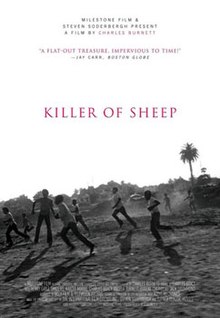
The Apartment is a 1960 American romantic comedy-drama film directed and produced by Billy Wilder from a screenplay he co-wrote with I. A. L. Diamond. It stars Jack Lemmon, Shirley MacLaine, Fred MacMurray, Ray Walston, Jack Kruschen, David Lewis, Willard Waterman, David White, Hope Holiday and Edie Adams.

The Conversation is a 1974 American mystery thriller film written, produced, and directed by Francis Ford Coppola and starring Gene Hackman, John Cazale, Allen Garfield, Cindy Williams, Frederic Forrest, Harrison Ford, Teri Garr, and Robert Duvall. The film revolves around a surveillance expert and the moral dilemma he faces when his recordings reveal a potential murder.

Bonnie and Clyde is a 1967 American biographical neo-noir crime film directed by Arthur Penn and starring Warren Beatty and Faye Dunaway as the title characters Clyde Barrow and Bonnie Parker. The film also features Michael J. Pollard, Gene Hackman, and Estelle Parsons. The screenplay is by David Newman and Robert Benton. Robert Towne and Beatty provided uncredited contributions to the script; Beatty produced the film. The music is by Charles Strouse.

The Gold Rush is a 1925 American silent comedy film written, produced, and directed by Charlie Chaplin. The film also stars Chaplin in his Little Tramp persona, Georgia Hale, Mack Swain, Tom Murray, Henry Bergman, and Malcolm Waite.

The Lady Eve is a 1941 American screwball comedy film written and directed by Preston Sturges and starring Barbara Stanwyck and Henry Fonda.

Sons of the Desert is a 1933 American pre-Code comedy film starring Laurel and Hardy. Directed by William A. Seiter, it was released in the United States on December 29, 1933. In the United Kingdom, the film was originally released under the title Fraternally Yours.

Sex, Lies, and Videotape is a 1989 American independent drama film written and directed by Steven Soderbergh. The plot tells the story of a troubled man who videotapes women discussing their sexuality and fantasies, and its impact on the relationships of a troubled married couple and the wife's younger sister.
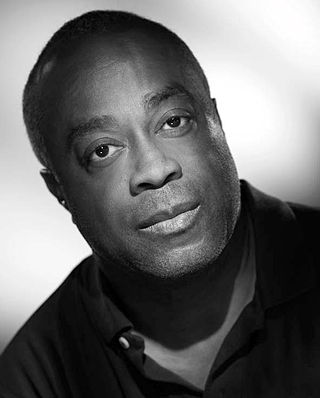
Charles Burnett is an American film director, film producer, writer, editor, actor, photographer, and cinematographer. His most popular films include Killer of Sheep (1978), My Brother's Wedding (1983), To Sleep with Anger (1990), The Glass Shield (1994), and Namibia: The Struggle for Liberation (2007). He has been involved in other types of motion pictures including shorts, documentaries, and a TV series.
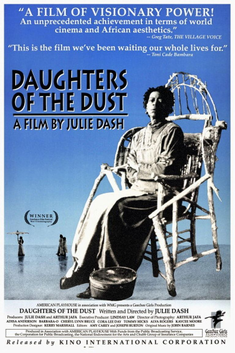
Daughters of the Dust is a 1991 independent film written, directed and produced by Julie Dash and is the first feature film directed by an African-American woman distributed theatrically in the United States. Set in 1902, it tells the story of three generations of Gullah women in the Peazant family on Saint Helena Island as they prepare to migrate off the island, out of the Southern United States, and into the North.

Kafka is a 1991 mystery thriller film directed by Steven Soderbergh. Ostensibly a biopic, based on the life of Franz Kafka, the film blurs the lines between fact and Kafka's fiction, creating a Kafkaesque atmosphere. It was written by Lem Dobbs, and stars Jeremy Irons in the title role, with Theresa Russell, Ian Holm, Jeroen Krabbé, Joel Grey, Armin Mueller-Stahl, and Alec Guinness. Simon McBurney appears in his film debut. It was partially filmed on location in Prague.
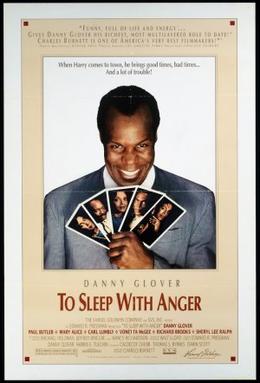
To Sleep with Anger is a 1990 American black comedy film written and directed by Charles Burnett.
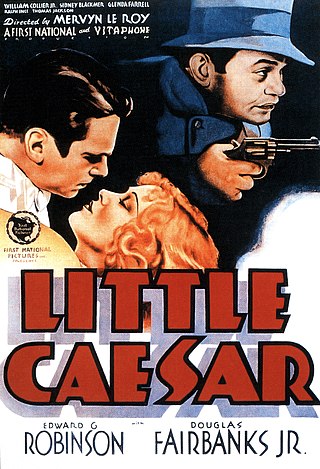
Little Caesar is a 1931 American pre-Code crime film distributed by Warner Brothers, directed by Mervyn LeRoy, and starring Edward G. Robinson, Glenda Farrell, and Douglas Fairbanks Jr. The film tells the story of a hoodlum who ascends the ranks of organized crime until he reaches its upper echelons. The storyline, based on real life Mafia boss Salvatore Maranzano, was adapted from the novel of the same name by William R. Burnett. Little Caesar was Robinson's breakthrough role and immediately made him a major film star. The film is often listed as one of the first fully-fledged gangster films and continues to be well received by critics.
Bush Mama is an American film made by Ethiopian-American director Haile Gerima, part of the L.A. Rebellion movement of political and experimental black cinema in the 1970s. It was released in 1979 though made earlier, in 1975.
The arthouse action genre is an emerging film genre in contemporary cinema that traces its roots back to Asian and European films. Characteristics of arthouse action films include stylized action, an arthouse atmosphere, metaphysical subtext, psychological characterisation and a disjointed, fragmented narrative with more complexity than the typical action film. These come together to create a sense of "dreamy surrealism."
The L.A. Rebellion film movement, sometimes referred to as the "Los Angeles School of Black Filmmakers", or the UCLA Rebellion, refers to the new generation of young African and African-American filmmakers who studied at the UCLA Film School in the late-1960s to the late-1980s and have created a black cinema that provides an alternative to classical Hollywood cinema.
Billy Woodberry is one of the leading directors of the L.A. Rebellion. He is best known for directing the 1984 feature film, Bless Their Little Hearts (1984), which was honored at the Berlin International Film Festival.
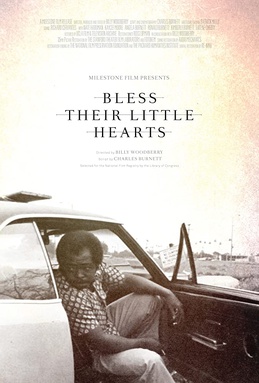
Bless Their Little Hearts is a 1984 American drama film produced and directed by Billy Woodberry and starring Nate Hardman. It was shot and written by Charles Burnett. The film had a limited theatrical release: it played for a week at the Royal in West Los Angeles and also at the Film Forum in New York.

No Sudden Move is a 2021 American crime thriller film directed by Steven Soderbergh, produced by Casey Silver, and written by Ed Solomon. The film features an ensemble cast including Don Cheadle, Benicio del Toro, David Harbour, Jon Hamm, Amy Seimetz, Brendan Fraser, Kieran Culkin, Noah Jupe, Craig muMs Grant, Julia Fox, Frankie Shaw, Ray Liotta, and Bill Duke.
Kaycee Moore was an American actress. Born and raised in Kansas City, Missouri, she was a member of the L.A. Rebellion, an alternative artistic movement developed at UCLA by Black filmmakers including Charles Burnett and Julie Dash.
Passing Through is a 1977 American film directed by Larry Clark and co-written by Clark and Ted Lange.
